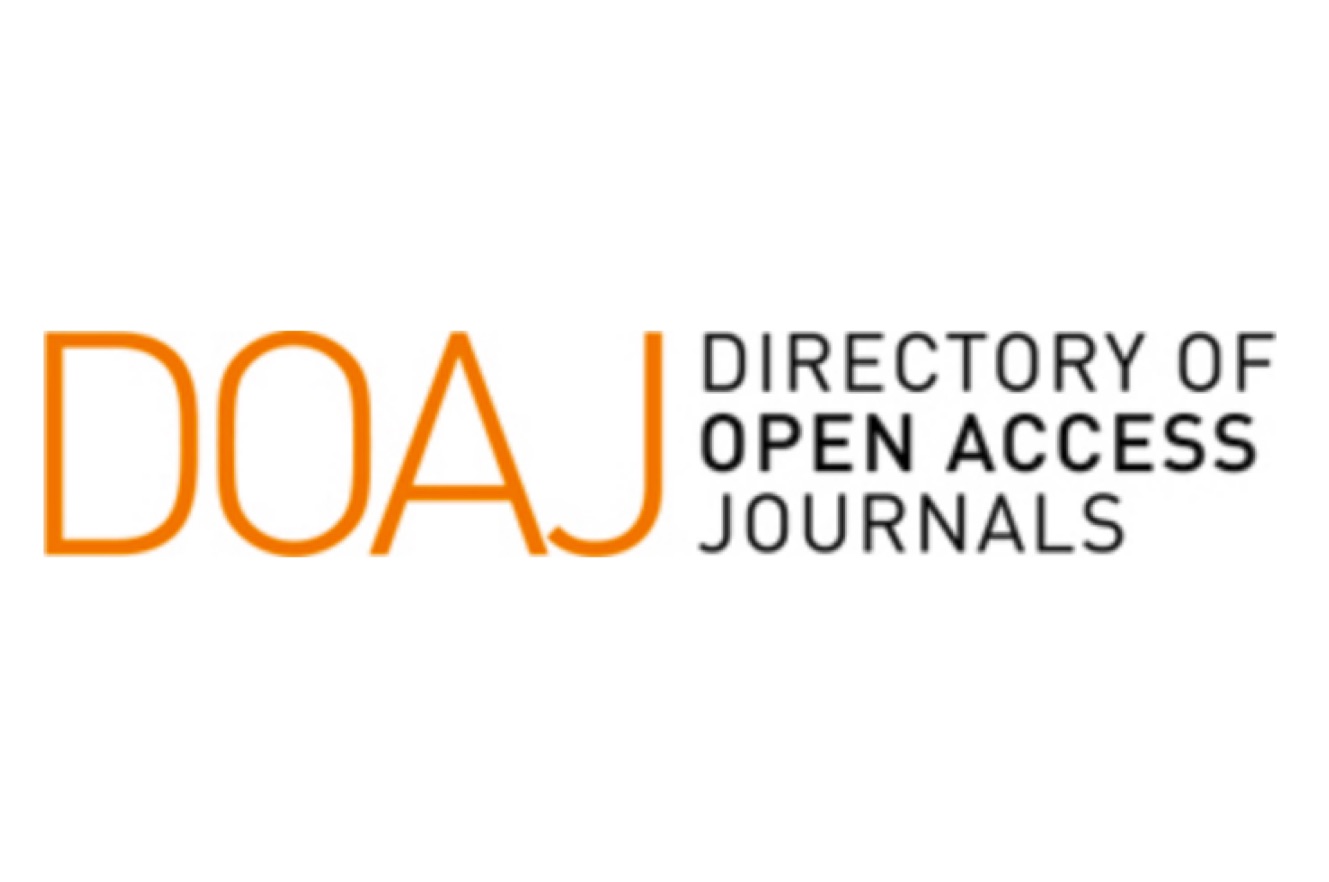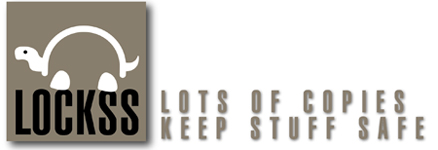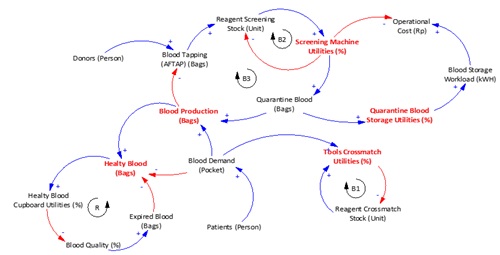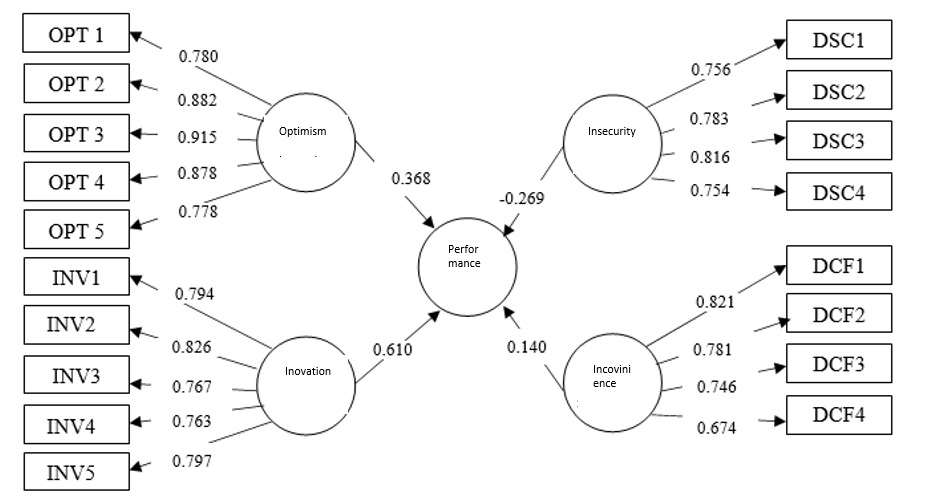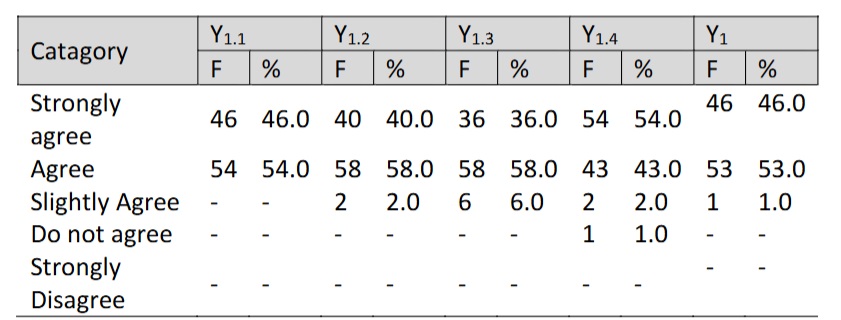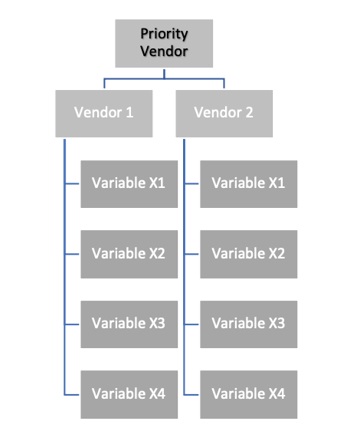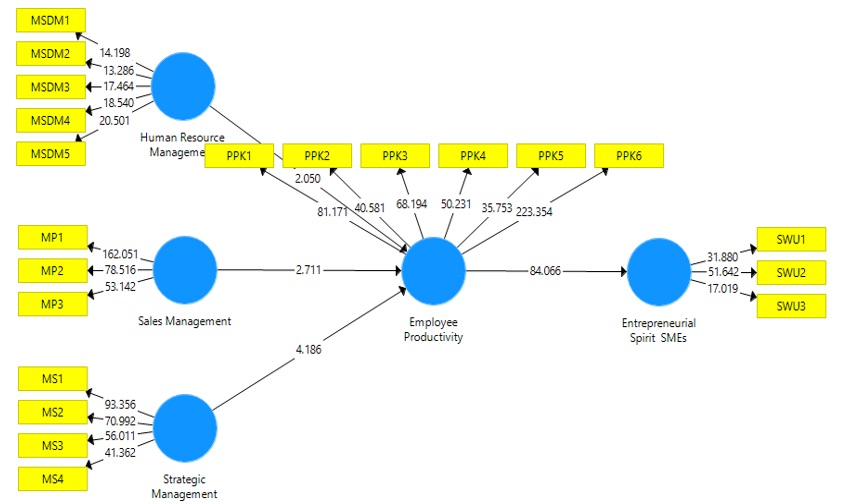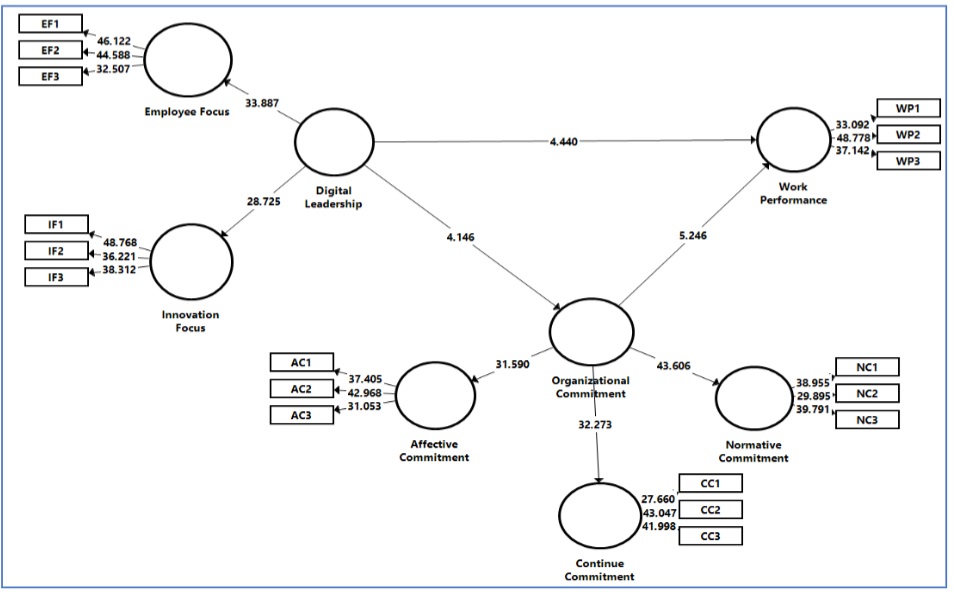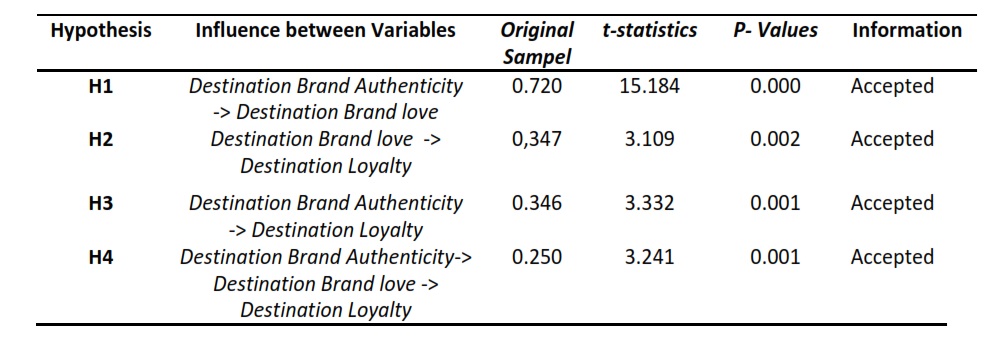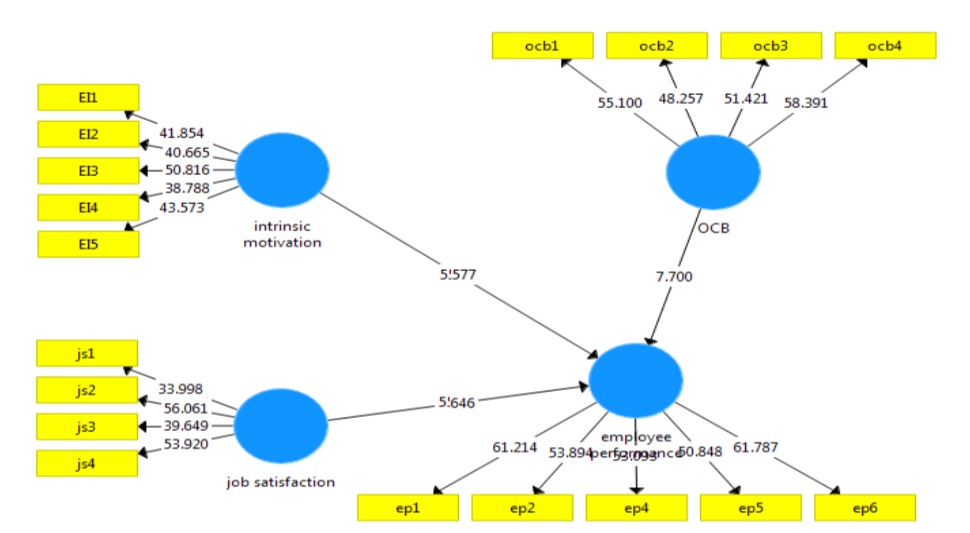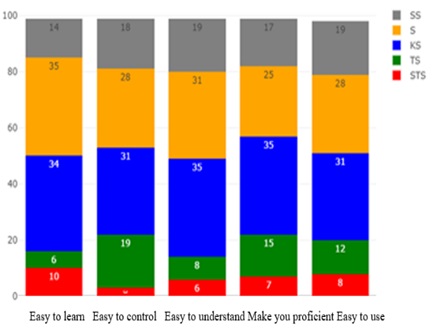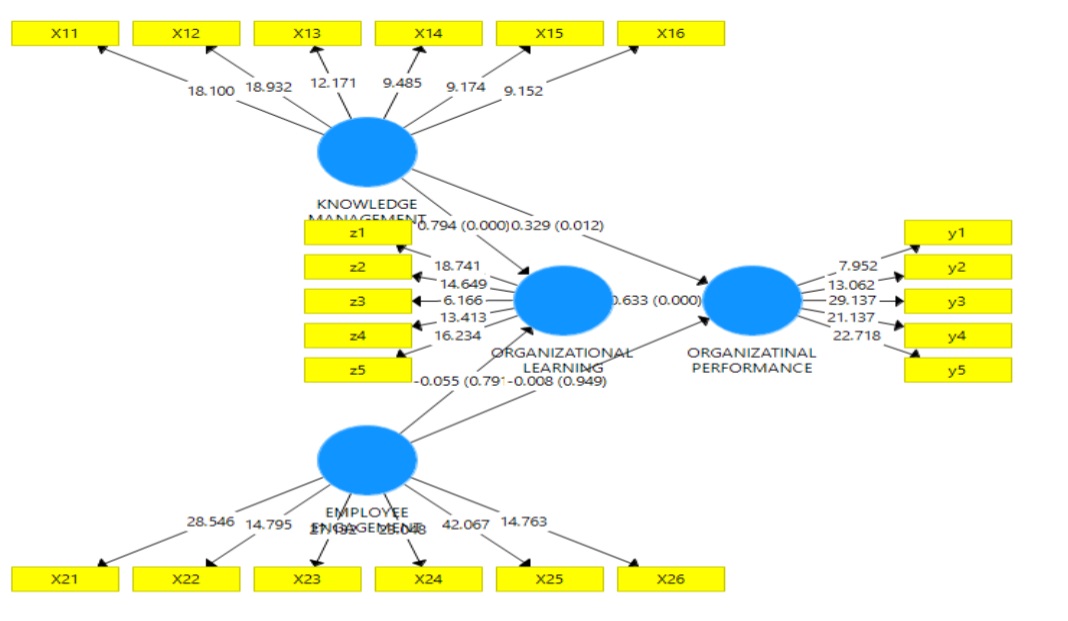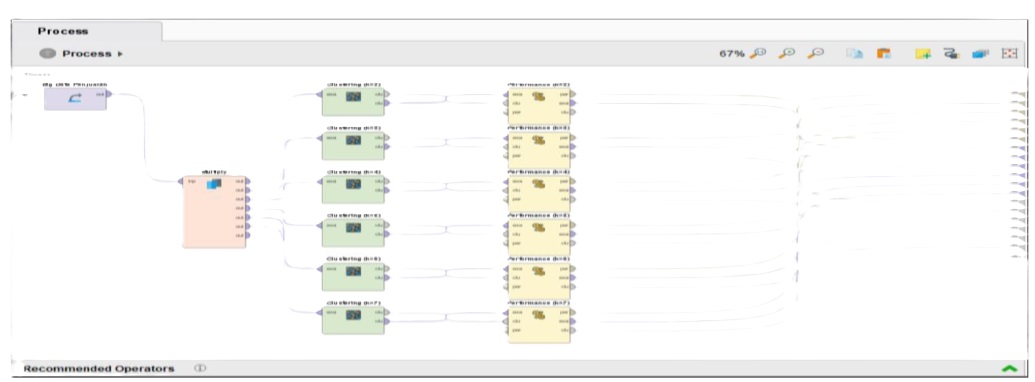PENERAPAN PROSES DAN TEKNIK PERAMALAN – STUDI KASUS DI MANUFAKTUR TRANSFORMER
Downloads
Demand forecasting is essential for business processes and firm's profitability. A Good demand forecasting requires the expertise and reliability of the planning staff. The research is a case study in a transformer manufacturer in Indonesia, which planned to apply forecasting process and suitable tools for their products. The study demonstrated a systematic step required in forecasting the four studied products. For each product, 6 forecast models were evaluated and the best model was selected by optimizing forecast parameters which give the least forecast errors. The chosen forecasting model is a simple model but fairly complete in forecasting evaluation, to accommodate both trend and seasonal possibility in product forecasting. The study offers the basis for the company to establish forecasting processes and tools for its products. It also recommended the studied company to perform and monitor its forecasting process for continuous improvement to its business process.
Downloads
Mancuso, A. C. B., & Werner, L. (2013). Review of Combining Forecasts Approaches. Independent Journal of Management & Production, 4(1), 248–277.
APICS. (2011). Supply Chain Management Fundamentals - CSCP Module 1 (V 2.2-2011).
Arief, M., Supriyadi, Cahyadi, D., Analisis Perencanaan Persediaan Batubara FX Dengan Metode Material Requirement Planning. Jurnal Manajemen Industri Dan Logistik, 1 (2), 53-60
Mentzer, J.T. & Moon, M. A. (2005). Sales Forecasting Management - A Demand Management Approach (2nd ed.). CA: Thousand Oaks, CA: Sage.
Melo, D. D. C. (2016). What makes demand management in the supply chain possible ? A multiple-case study of critical success factors. Gest. Prod., 23(3), 570–587.
Anning, K. S., Okyere, S., & Annan, J. (2013). Demand Chain Management Model : A Tool for Stakeholders ' Value Creation. International Journal of Business and Social Research, 3(12), 37–47.
Chong, A. Y. L., & Zhou, L. (2014). Demand chain management: Relationships between external antecedents, web-based integration and service innovation performance. International Journal of Production Economics, 154, 48–58.
Croxton, K. L., Lambert, D. M., García"Dastugue, S. J., & Rogers, D. S. (2002). The Demand Management Process. The International Journal of Logistics Management, 13(2), 51–66.
Heizer, J., & Render, B. (2014). Operations Management - Sustainability & Supply Chain Management (11th ed.). Essex, England: Pearson.
Niswatin, R. K. (2015). Sistem Pendukung Keputusan Peramalan Produksi Air Minum Menggunakan Metode Trend Moment. Simetris, 6(2), 337–344.
Amstrong, J. . (2001). Principles of Forecasting: A Handbook for Researchers and Practitioners. Kluwer Academic Publishers (Vol. 18).
Chopra, S., & Meindl, P. (2016). Supply Chain Management: Strategy, Planning, and Operation. Pearson Education, Inc.
Sundari, S. S., Susanto, & Revianti, W. (2015). Sistem Peramalan Persediaan Barang Dengan Weight Moving Average Di Toko The Kids 24. In Konferensi Nasional Sistem & Informatika (p. 598–603.).
Hyndman, R. J., & Athanasopoulos, G. (2014). Forecasting: Principles and Practice. OTexts, (july 1994), 46–51.
Gardner, E. S., McKenzie, E., Jr., & McKenzie, E. Forecasting Trends in Time Series, 31 Management Science § (1985).
Valakevicius, E., & Brazenas, M. (2015). Application of the Seasonal Holt-Winters Model to Study Exchange Rate Volatility. Inzinerine Ekonomika-Engineering Economics, 26(4), 384–390.
Holt, C. C. (2004). Forecasting seasonals and trends by exponentially weighted moving averages. International Journal of Forecasting, 20(1), 5–10
Kalekar, P. (2004). Time series forecasting using Holt-Winters exponential smoothing. Kanwal Rekhi School of Information Technology, (4329008), 1–13.
Ministry Of Energy and Mineral Resources Republic of Indonesia. (2017). Handbook of Energy and Economic Statistics of Indonesia 2017. (S. E. Prabowo, Ed.). Jakarta.
JMIL Jurnal Manajemen Industri dan Logistik (Journal of Industrial and Logistics Management) is an Open Access Journal. The authors who publish the manuscript in JMIL Jurnal Manajemen Industri dan Logistik agree to the following terms:

JMIL Jurnal Manajemen Industri dan Logistik is licensed under a Creative Commons Attribution 4.0 International License. This permits anyone to copy, redistribute, remix, transmit and adapt the work provided the original work and source is appropriately cited.
This means:
(1) Under the CC-BY license, authors retain ownership of the copyright for their article, but authors grant others permission to use the content of publications in JMIL Jurnal Manajemen Industri dan Logistik in whole or in part provided that the original work is properly cited. Users (redistributors) of JMIL Jurnal Manajemen Industri dan Logistik are required to cite the original source, including the author's names, JMIL Jurnal Manajemen Industri dan Logistik as the initial source of publication, year of publication, volume number, issue, and Digital Object Identifier (DOI); (2) Authors grant JMIL Jurnal Manajemen Industri dan Logistik the right of first publication. Although authors remain the copyright owner.















